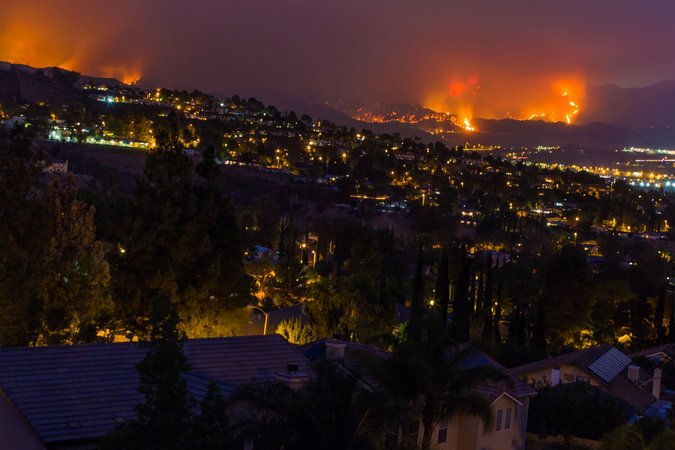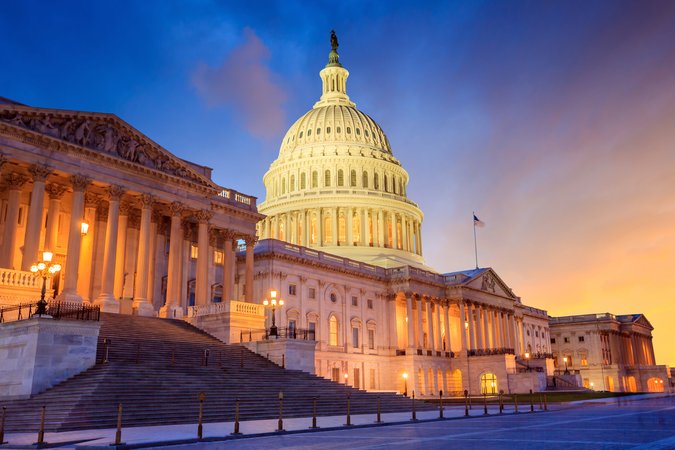The Future of the Kyoto Protocol
Resources for the Future COP 9 Activities
December 9-12, 2003
Milan, Italy
In cooperation with:
Fondazione Eni Enrico Mattei (FEEM)
Ministry for the Environment and Territory
MIT Global Change Forum
Centre for European Economic Research (ZEW)
![]()
The Future of the Kyoto Protocol: Alternatives for the Second Commitment Period and Beyond Tuesday, December 9, 6:00 p.m. – 8:00 p.m.
Official UNFCCC side event organized by RFF and the FEEM
Chairs:
-
Anil Markandya, World Bank and FEEM
-
Pierre Noel, Institut Francais des Relations Internationales
Participants/Presentations:
-
Richard Baron, Institut du Developpement Durable et des Relations Internationales, France | Next steps on another track?
-
Daniel Bodansky, University of Georgia, US
-
Chris Boyd, International Emissions Trading Association, UK | Lafarge and Climate Change
-
Carlo Carraro, FEEM, Italy | The Future of the Kyoto Protocol: Alternatives for the second commitment period and beyond
-
Christian Egenhofer, Centre for European Policy Studies, Belgium | The Future of the Kyoto Protocol
-
Brian Flannery, ExxonMobil Corporation, US | The Future of the Kyoto Protocol: Alternatives for the second commitment period and beyond
-
Jonathan Pershing, World Resource Institute, US | Framing the Options beyond Kyoto
-
William Pizer, Resources for the Future, US | The Future of the Kyoto Protocol: Alternatives for the Second Commitment Period and Beyond
Description:
After the recent announcements at the Moscow Conference on Climate Change, there is a general consensus that the Kyoto Protocol is unlikely to come into force in the near future. If and when it does, it will do so without the United States and without commitments from key developing countries. As a consequence, a new, more effective policy strategy is required to involve these key countries in the international effort to control climate change. This side-event draws from the experience of negotiators, stakeholders, and academics to provide insights aimed at increasing the efficiency of future negotiations on climate change control.
The starting point for the discussion is a recognition that the current architecture of binding absolute targets has proven difficult for key countries to accept, that the negotiating process itself often has been frustratingly slow, and that the second commitment period represents an opportunity to re-think the framework for international commitments. This begs a range of questions related to the way commitments are defined, compliance is measured, and negotiations are conducted. The nature of future commitments, longer-term goals, and developing country participation will be discussed at this side event.
A promising emission reducing strategy crucially depends on the instruments that are available to implement reduction requirements. Given the current difficulties of climate policy, other measures, additional to the ones included by the Kyoto Protocol, need to be identified. For example, incentives to technological innovation, the design of trade and agricultural policy, the role of the market and of multinationals, and the link between climate and development these all deserve further attention and could be highly beneficial for the design of climate policy. This latter focus is particularly relevant given the growing importance of developing countries, whose participation in climate agreements hinges on climate-friendly strategies for economic development.



